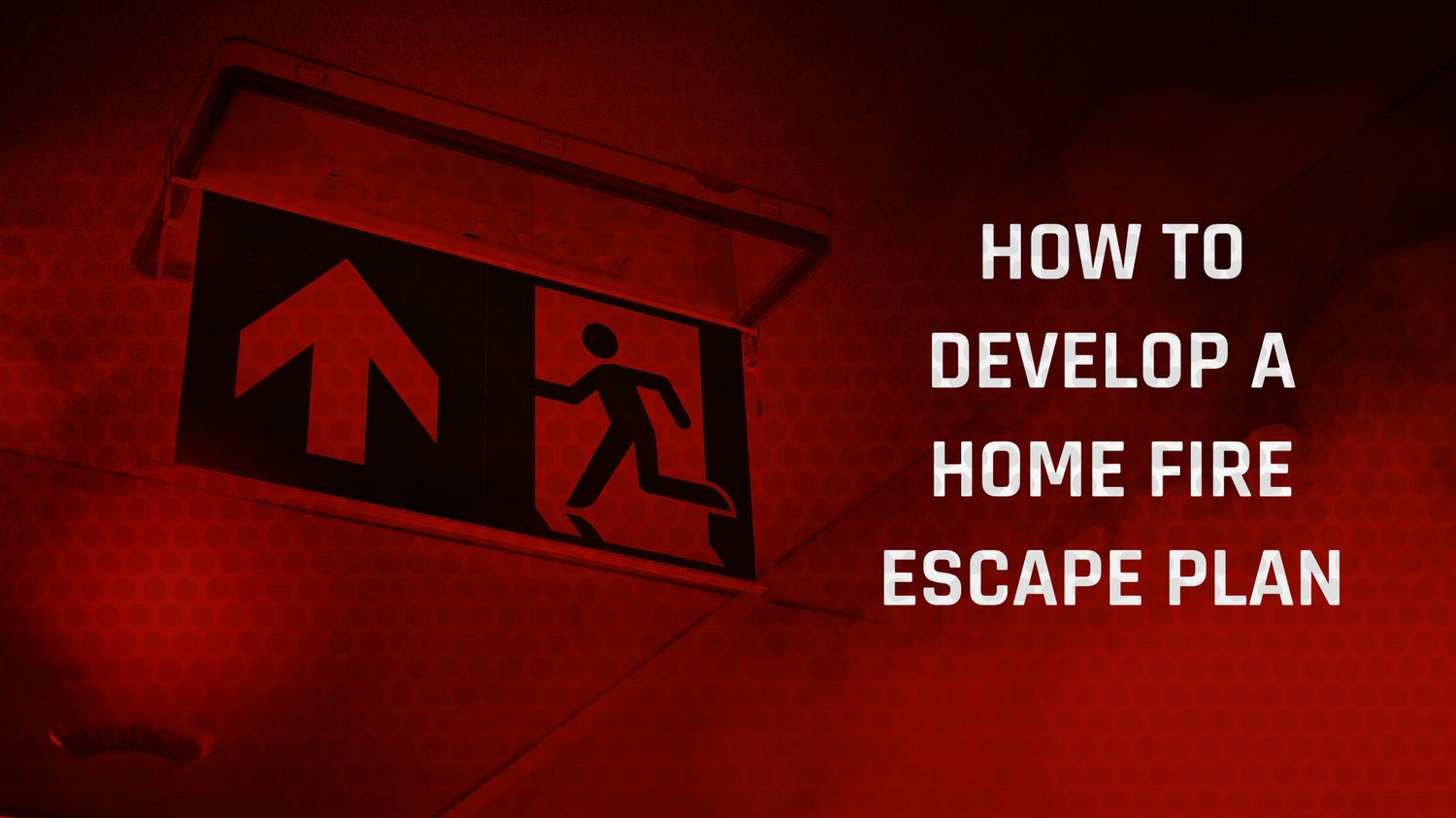Hey there, folks! Today, I want to talk about something that might not be the most pleasant topic but is absolutely crucial: fire safety. Yep, I know, it's not exactly the most exciting thing to discuss, but trust me, having a solid fire escape plan could be a lifesaver—literally.
Picture this: you're at home, going about your day when suddenly, you smell smoke. Panic sets in, and you realize there's a fire. What do you do? How do you get out safely? That's where having a comprehensive fire escape plan comes into play.
Wanna find out How to choose the right safety equipment?
Click here.
Now, creating a fire escape plan might sound daunting, but fear not! I'm here to guide you through it step by step.
Step 1: Assess Your Space
First things first, take a good look around your home or workplace. Identify all possible exits—doors, windows, and even alternative routes if the primary exits are blocked. Make sure everyone in the household or workplace is familiar with these exits.
Step 2: Designate Meeting Points
Decide on a meeting point outside the building where everyone will gather after evacuating. This could be a neighbor's house, a tree across the street, or any other landmark that's a safe distance away from the building.
Step 3: Assign Responsibilities
Assign tasks to each member of your household or team. Who will grab the pets? Who will assist children or elderly family members? Having clear roles can streamline the evacuation process and ensure everyone's safety.
Step 4: Create a Floor Plan
Draw a floor plan of your home or workplace. Mark down all the exits, meeting points, and important locations such as fire extinguishers and utility shut-offs. This visual aid can be incredibly helpful during an emergency.

Step 5: Practice, Practice, Practice
Once you've devised your plan, it's time to put it into action. Conduct regular fire drills with your family or colleagues to ensure everyone knows what to do in case of a fire. Practice different scenarios to prepare for any situation.
A good read by The Hatrford on House Fire Escape Plan.
Read Here how to make home fire escape plan by U.S Fire Administration
Resources to Aid You:
Now, you might be wondering where to start or if there are any templates available to help you create your fire escape plan. Well, fear not! There are plenty of resources out there to assist you:
-
National Fire Protection Association (NFPA): The NFPA offers free resources and templates for creating a fire escape plan tailored to your home or workplace.
-
Red Cross: The Red Cross provides comprehensive guides on fire safety, including how to create an evacuation plan and what to do during a fire emergency.
-
Local Fire Department: Reach out to your local fire department—they often offer assistance in creating personalized fire escape plans and may even conduct home inspections to identify potential hazards.
Remember, a fire escape plan is not something you create once and forget about. It's a living document that should be reviewed and updated regularly to account for any changes in your living or working environment.





















Leave a comment
All comments are moderated before being published.
This site is protected by hCaptcha and the hCaptcha Privacy Policy and Terms of Service apply.